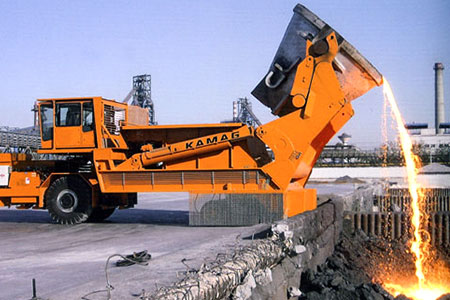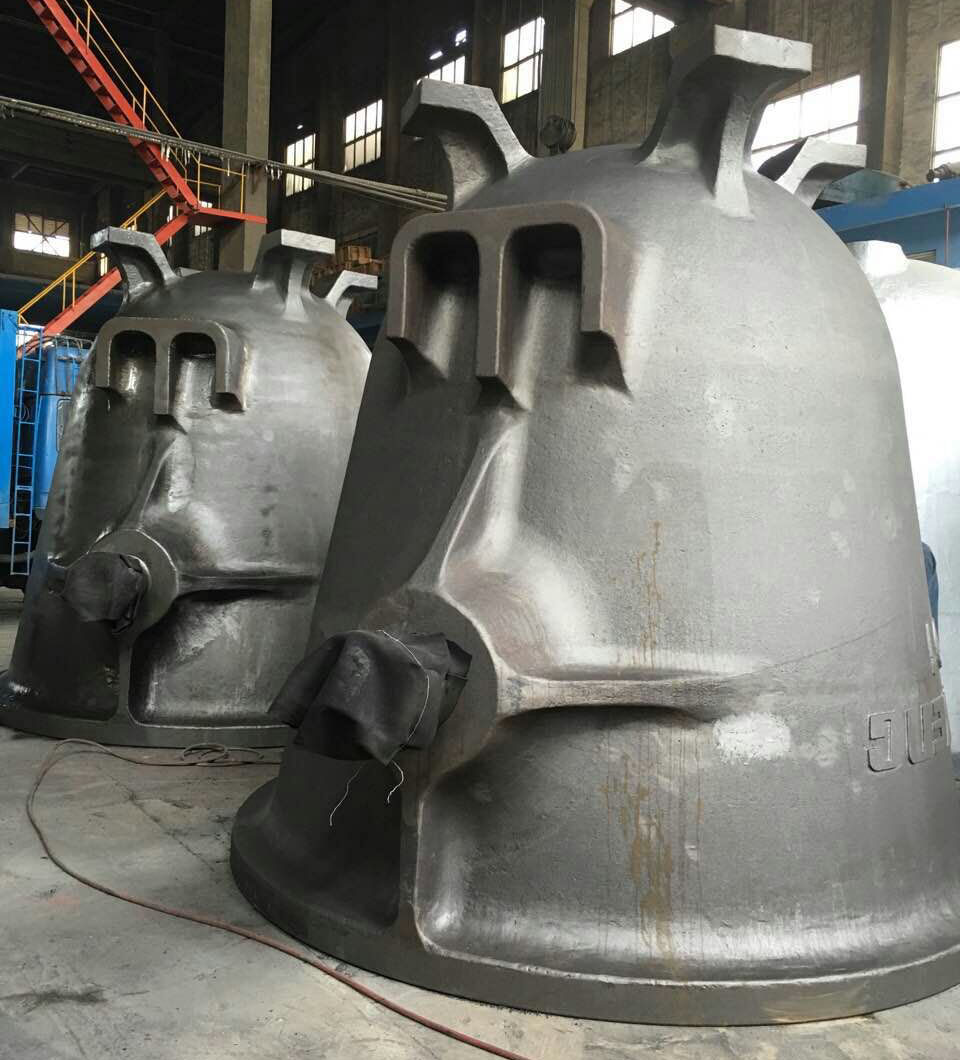Slag Pots: Essential Equipment for Metal Processing
In the world of metallurgy and metal recycling, slag pots play a crucial role in handling molten slag, a byproduct of metal production. These heavy-duty containers are designed to withstand extreme temperatures and harsh conditions, ensuring safe and efficient slag removal. This article explores the importance of slag pots, their design, applications, and key parameters that define their performance.
What Are Slag Pots?
Slag pots, also known as slag ladles, are specialized vessels used to collect and transport molten slag during steelmaking, iron production, and non-ferrous metal processing. Slag, a waste material formed during smelting, must be carefully removed to maintain furnace efficiency and product quality. Slag pots are typically made from high-grade steel with refractory linings to resist thermal shock and corrosion.
The Role of Slag Pots in Metal Processing
In modern metallurgical plants, slag pots serve multiple functions:
- Molten slag containment – Safely holding high-temperature slag (up to 1600°C)
- Transportation – Moving slag from furnaces to disposal or recycling areas
- Cooling – Allowing slag to solidify for easier handling
- Environmental protection – Preventing slag spills and contamination
Companies like HANI Metallurgy specialize in designing advanced slag pot systems that integrate seamlessly with various smelting furnaces and processing lines.
Key Design Features of High-Quality Slag Pots
Effective slag pots incorporate several critical design elements:
- Reinforced steel construction – Typically using boiler plate steel or similar high-temperature alloys
- Refractory lining – Special heat-resistant materials protect the steel shell
- Optimized geometry – Designed for easy slag pouring and minimal residue
- Lifting lugs – Heavy-duty attachments for crane handling
- Thermal expansion accommodation – Built to withstand repeated heating/cooling cycles
Slag Pot Technical Specifications
The following table presents detailed parameters for standard slag pots used in industrial applications:
| Parameter | Range/Value | Unit |
|---|---|---|
| Capacity | 1 – 30 | m³ |
| Working Temperature | 1200 – 1600 | °C |
| Shell Material | Q235B, Q345B, 16Mn | – |
| Lining Thickness | 150 – 300 | mm |
| Refractory Material | High alumina, magnesia-carbon | – |
| Weight (empty) | 5 – 50 | tons |
| Service Life | 500 – 2000 | cycles |
| Pouring Angle | 90 – 110 | degrees |
| Heat Resistance | Up to 1800 | °C (peak) |
| Cooling Time | 4 – 24 | hours |
| Lifting Capacity | 2x working load | – |
| Wall Thickness | 30 – 80 | mm |
| Base Thickness | 40 – 100 | mm |
| Thermal Shock Resistance | 20 – 50 | cycles/day |
| Slag Solidification Rate | 50 – 150 | mm/hour |

Applications in Different Metallurgical Processes
Slag pots find applications across various metal production processes:
1. Steelmaking
In electric arc furnace (EAF) and basic oxygen furnace (BOF) operations, slag pots collect the silicate-rich byproducts. The HANI hot rolling mill solutions often integrate with slag handling systems for complete production lines.
2. Iron Blast Furnaces
Blast furnace slag, rich in calcium silicates, requires specialized slag pots designed for high basicity conditions.
3. Non-Ferrous Metal Production
Copper, nickel, and lead smelting generate different slag compositions, necessitating customized slag pot designs.
Maintenance and Safety Considerations
Proper maintenance extends slag pot service life and ensures operational safety:
- Regular refractory lining inspections
- Monitoring for shell deformations
- Proper preheating before use
- Controlled cooling procedures
- Structural integrity checks
HANI Metallurgy’s expertise in metallurgical equipment includes comprehensive maintenance programs for slag pots and related systems.
Innovations in Slag Pot Technology
Recent advancements in slag pot design include:
- Self-releasing slag linings that reduce sticking
- Improved refractory materials with longer service life
- Automated slag pot handling systems
- Integrated cooling systems for faster turnaround
- Smart monitoring of thermal stress and wear
Environmental Benefits of Proper Slag Handling
Efficient slag pot systems contribute to sustainable metal production by:
- Enabling slag recycling for cement production
- Reducing energy consumption through heat recovery
- Minimizing land contamination
- Lowering greenhouse gas emissions
Conclusion
As essential components in metal processing, slag pots represent a critical link between production efficiency, worker safety, and environmental responsibility. With proper selection, maintenance, and operation, these robust vessels ensure smooth metallurgical operations while handling one of the industry’s most challenging byproducts. Manufacturers like HANI continue to innovate in slag pot technology, offering solutions that meet the evolving needs of modern metal production facilities.

